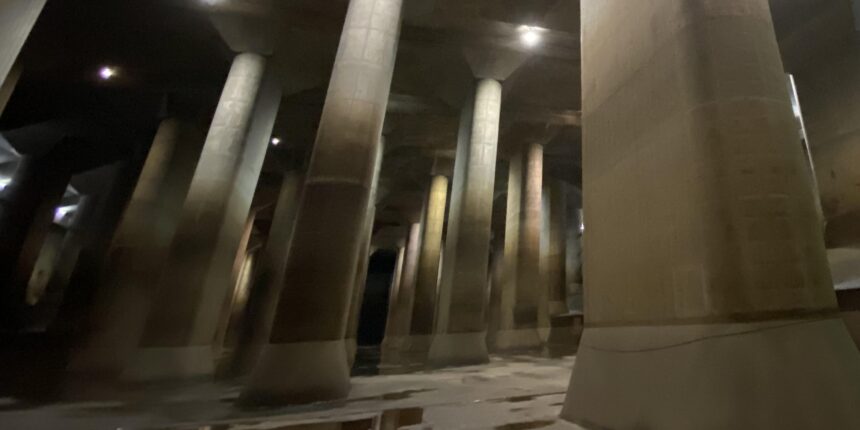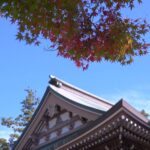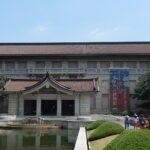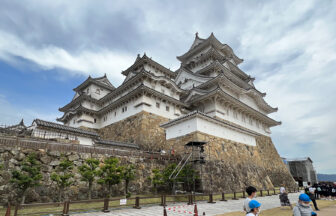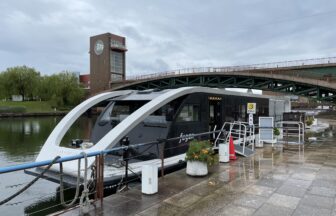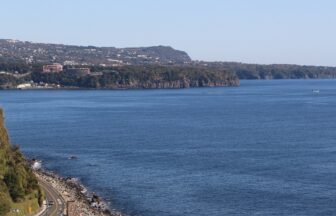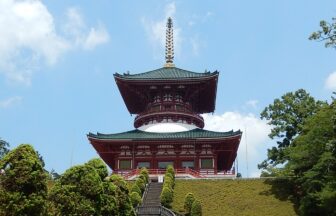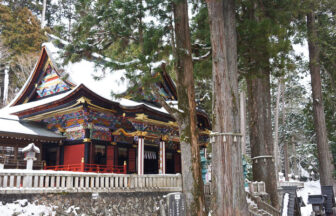There is a massive underground structure called “RYU-Q kan” in Kasukabe city of Saitama prefecture, about 30km north from central Tokyo. It is one of the biggest underground structures in the world which was designed to divert and drain floodwater before it infiltrates the streets. Its’ huge tank looks like an underground shrine.
If you want to ask a guide, please see the tour description.
1. Flood control system
The underground shrine is a part of the flood control system that protects much of the Tokyo region. As it was broadcasted in a documentary film in many countries, a lot of foreigners have visited this facility recently. Actually, an American couple asked me to guide to the site and we visited there in 2019. They said that they were impressed by the mysterious and awesome underground structure when watching it on TV, so they decided to visit there when they came to Japan for the first time for their honeymoon.
2. Walking tour
At the Ryukyukan, the following walking tour is offered daily.
(1) Opening hours: 9:30~16:00 except for Monday and New year day
(2) Number of guests: up to 50 persons
(3) Duration: about 1 hour
(4) Fee: 1,000 JPY
(5) Reservation: It is necessary to make a reservation at the Kasukabe city website.
(6) Others: A staff will guide the guests in Japanese. If you need language assistance, you should arrange an interpreter by yourself.
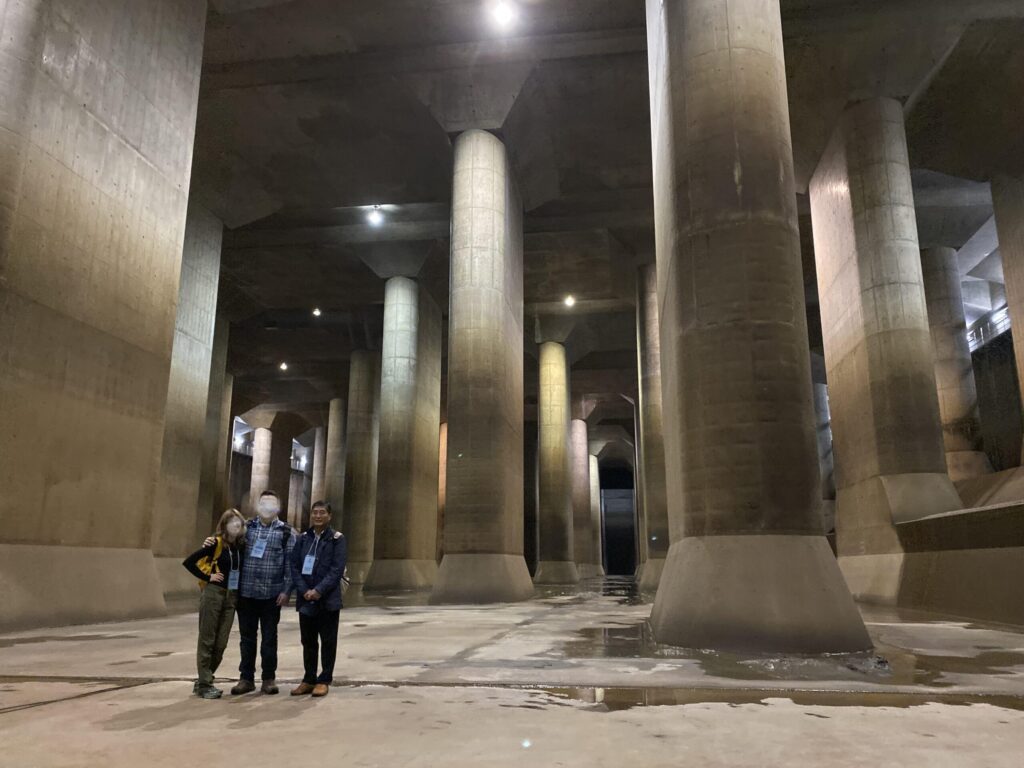
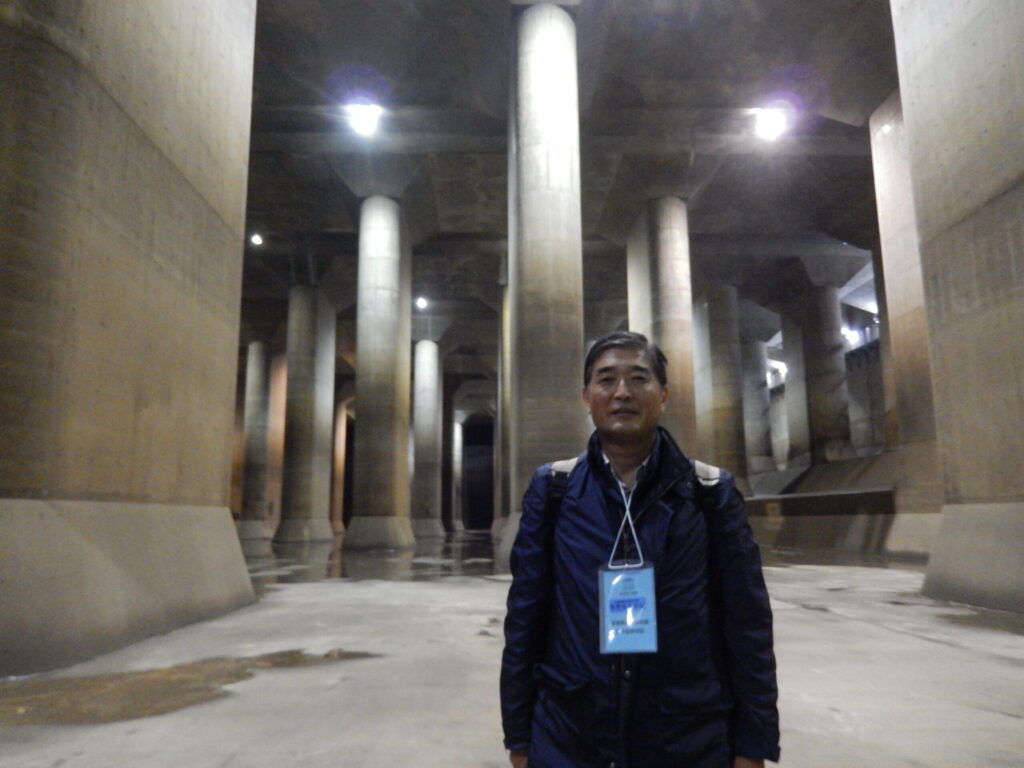
3. Outline of the underground structures
(1) The Metropolitan Area Outer Underground Discharge Channel
It is the official name of the entire system which was constructed by the Ministry of Land, Infrastructure, Transport and Tourism. It consists of 6.3 km tunnel and network of 5 tanks, and a pumping station/tank. It took 27 years to complete in 2006.
The system protects the Naka and Ayase river basin which is roughly 60 km long from Tokyo Bay to Saitama. As the entire Naka Ayase basin was prone to flooding, the underground discharge system was built in order to protect all of these homes downstream.
(2) Tunnel
The first part of the entire system is the underground “river”. It is a tunnel that is 10 m in diameter that runs from the Otoshifurutone River to the Edo River for 6.3 km. The tunnel was dug to depth of 50 m underground and runs under highway 16 in Saitama.
(3) Water tanks
The second part of the system is the water tanks. These tanks vary in size with the 3 major tanks being 30 m in diameter. The two smaller tanks are approximately 22 and 15 m in diameter respectively. All of the tanks are roughly 70 m deep. To give some perspective, the Statue of Liberty is 46 m tall; and the space shuttle with its booster rockets is 56 m tall. Each of these can fit into the larger tanks. The main purpose of each tank is to moderate the flow of water within the tunnels.
The walking tour takes you into one of the tanks. It is amazing to see it and feel it.
(4) Pumps
There are 4 pumps powered by modified aircraft jet turbines. These turbines work together to turn a water screw that pumps the water out of the water tank and into the Edo River.
(5) Maintenance

Important points of the entire system are monitored at the control room. You can see the room at the start of the walking tour. In order to do maintenance on the tunnels, they need to bring in trucks, and the best way to do that is to open up the tops of the tanks and lower the trucks by crane, and clean the inside. It must be hard work.
4. After the completion
Since the entire system was completed in 2006, thanks to the system no big flooding problem has happened in the area of the Naka Ayase Basin even through the area has been hit by typhoons and heavy rains.
The underground shrine is so popular that it has been used in various movies and music videos, as well as commercial films.
5. Reference
(1) The website of the Edogawa River Office of the Ministry of Land, Infrastructure, Transport and Tourism. (https://www.ktr.mlit.go.jp/edogawa/gaikaku/index.html)
(2) The website of the Kasukabe city government (http://www.city.kasukabe.lg.jp/shisetsu-annai/category_search/shiigai/ryu-q-kan.html)
(3) The brochure of the Ryukyukan
If you want to visit the Ryukyukan with the guide or you have any feedback to the author, please fill in the following:

